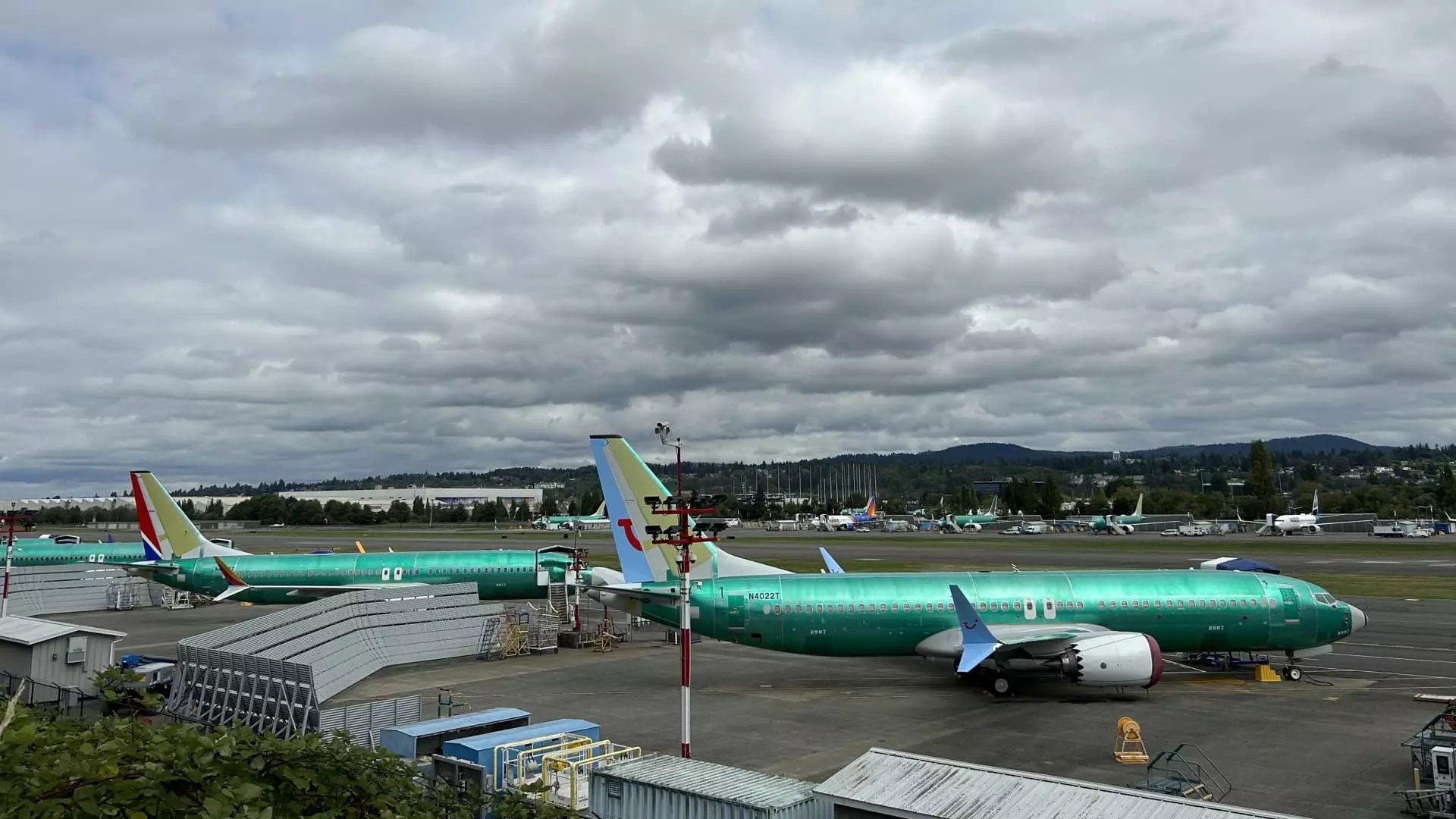In 2024, Boeing faced significant operational challenges, culminating in the delivery of only 348 airplanes, which is approximately one-third less than the previous year’s figures. This dramatic decrease can be attributed to several key factors, most notably a severe incident involving a midair door panel blowout that raised concerns about the company’s manufacturing processes and product safety. Additionally, a machinist strike in the fall of 2023 temporarily halted production, compounding the issues faced by the aerospace giant. The combination of these events not only disrupted regular operations but also severely affected Boeing’s competitiveness in the market.
Boeing’s production struggles have widened the gap between itself and its leading competitor, Airbus. In stark contrast to Boeing’s 348 aircraft deliveries, Airbus successfully delivered 766 jetliners, marking its most productive year since 2019. This data highlights a troubling trend for Boeing, which will likely prompt further scrutiny from investors and analysts alike. Both companies, however, are not immune to global supply chain issues that continue to plague the aerospace industry, resulting in delayed production and challenges in fulfilling existing backlogs. While Boeing’s predicament has magnified its delivery constraints, Airbus seems to be capitalizing on this vacuum in the market.
Deliveries are a crucial milestone for aircraft manufacturers since they represent the point at which customers typically remit the majority of an airplane’s price. Given the highlighted delivery discrepancies, Boeing has not only faced reputational damage but potential financial ramifications as well. A shortage of aircraft from suppliers has further exacerbated these issues, leading to increased lease rates that are anticipated to hit record levels this year. According to aviation data firm IBA, rental prices are expected to rise significantly, reflecting the precarious supply-demand balance in the aviation market.
Despite significant setbacks, Boeing did manage to log impressive new orders in December, totaling 142 gross orders for new planes. Noteworthy transactions included substantial commitments from Turkey’s Pegasus Airlines and flydubai, indicating that interest in Boeing’s aircraft persists despite the company’s ongoing predicaments. However, it should be noted that Boeing’s overall gross orders for the year numbered 569, translating to a net of only 377 aircraft when accounting for various adjustments.
As Boeing prepares to face shareholders and analysts on January 28, CEO Kelly Ortberg and the executive team will need to address pressing questions concerning their strategy for ramping up production capabilities while navigating the hurdles of a volatile market environment. The urgent need for a comprehensive response is critical not only for restoring Boeing’s profitability but also for reassuring stakeholders about the company’s long-term viability in an increasingly competitive aerospace sector. The road ahead is undoubtedly challenging, but with strategic foresight and operational improvements, Boeing may yet find a path towards recovery.


Leave a Reply